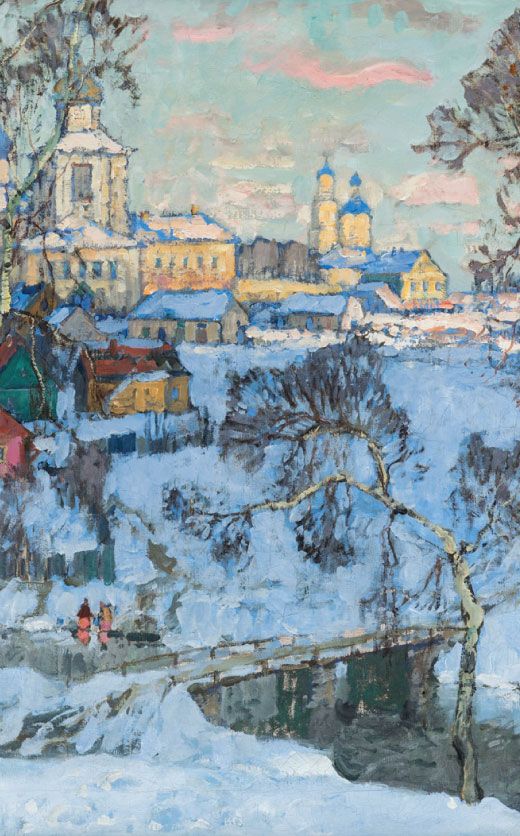Nigerian Yoruba Gelede Festival Helmet Mask, Ex-Klejman
Lot 54
About Seller
Artemis Fine Arts
686 S Taylor Ave, Ste 106
Louisville, CO 80027
United States
Selling antiquities, ancient and ethnographic art online since 1993, Artemis Gallery specializes in Classical Antiquities (Egyptian, Greek, Roman, Near Eastern), Asian, Pre-Columbian, African / Tribal / Oceanographic art. Our extensive inventory includes pottery, stone, metal, wood, glass and textil...Read more
Categories
Estimate:
$1,200 - $1,800
Absentee vs Live bid
Two ways to bid:
- Leave a max absentee bid and the platform will bid on your behalf up to your maximum bid during the live auction.
- Bid live during the auction and your bids will be submitted real-time to the auctioneer.
Bid Increments
| Price | Bid Increment |
|---|---|
| $0 | $25 |
| $300 | $50 |
| $1,000 | $100 |
| $2,000 | $250 |
| $5,000 | $500 |
| $10,000 | $1,000 |
| $20,000 | $2,500 |
| $50,000 | $5,000 |
| $100,000 | $10,000 |
| $200,000 | $20,000 |
About Auction
By Artemis Fine Arts
Aug 22, 2025
Set Reminder
2025-08-22 10:00:00
2025-08-22 10:00:00
America/New_York
Bidsquare
Bidsquare : Indigenous Art - Ralph T. Coe Center, Santa Fe, NM
https://www.bidsquare.com/auctions/artemis-gallery/indigenous-art---ralph-t-coe-center-santa-fe-nm-20324
Featuring works of art from the Ralph T. Coe Center for the Arts in Santa Fe, New Mexico, a non-profit focused on promoting Indigenous Arts globally. All proceeds from the sale of these items will support future grants to Rehoming Program participants. Artemis Fine Arts info@artemisfinearts.com
Featuring works of art from the Ralph T. Coe Center for the Arts in Santa Fe, New Mexico, a non-profit focused on promoting Indigenous Arts globally. All proceeds from the sale of these items will support future grants to Rehoming Program participants. Artemis Fine Arts info@artemisfinearts.com
- Lot Description
West Africa, Nigeria or Benin, Yoruba culture, ca. 1920s CE. An early 20th century Yoruba Gelede helmet mask, carved from a single piece of wood and adorned with a highly detailed coiffure composed of radiating, chevron-patterned plaits. The serene, idealized face features almond-shaped eyes with pierced pupils, a gently projecting mouth, and delicately modeled cheeks bearing subtle scarification marks. A raised diamond motif centers the forehead, symbolically positioned to draw attention to spiritual insight and ancestral presence. Gelede masks such as this are worn by male dancers during festivals honoring the women of the community - living elders, female ancestors, and especially the revered Great Mothers (Iyami), whose powers are believed to be both creative and destructive. The Gelede association, a men's society, stages elaborate performances that combine dance, music, costume, and theater to both entertain and educate. Size: 9.8" L x 8" W x 14.5" H (24.9 cm x 20.3 cm x 36.8 cm); 19" H (48.3 cm) on included custom stand.
Through movement and character portrayal, Gelede masqueraders express Yoruba ideals of male and female behavior, celebrate the contributions of women, and humorously admonish them to use their powers for the good of the community.
In Yoruba tradition, women past childbearing age are considered to possess heightened spiritual potency. The annual Gelede festival, held at the time of planting, seeks to honor these elders and secure their benevolence for the fertility of the land and prosperity of the people. The helmet form of this mask would have been worn atop the head with a veil concealing the performer's face, complemented by a layered, mixed-media costume of textiles, beads, and other adornments.
The deep, lustrous patina of this example attests to age and ceremonial handling. Its harmonious proportions, calm expression, and richly carved headdress exemplify the refinement of Yoruba woodcarving and the enduring significance of Gelede as both an artistic tradition and a vehicle for cultural continuity.
Exhibited: "The Ralph T. Coe Legacy 'Instruments of Passion'" at The Santa Fe Show August 9-13, 2013/El Museo Cultural de Santa Fe Aug 14-30, 2013.
Provenance: Ralph T. Coe Center for the Arts, Santa Fe, New Mexico, USA, acquired in 2010 via descent; ex-private collection of Ralph T. Coe, Santa Fe, New Mexico, USA, acquired via inheritance in 1959; ex-Ralph M. Coe, received as a gift ca. 1958 to 1959; ex-J.J. Klejman, West 56th Street, New York, New York, USA,
All items legal to buy/sell under U.S. Statute covering cultural patrimony Code 2600, CHAPTER 14, and are guaranteed to be as described or your money back.
A Certificate of Authenticity will accompany all winning bids.
We ship worldwide and handle all shipping in-house for your convenience.
#196345Professional repairs to rim with break lines visible. A few stable fissures to wood, as well as nicks and chipping in areas. Nailed to base, though one nail is missing. A few scuffs, but otherwise, very nice presentation with good remaining detail and rich patina. Old collection label on interior.Condition
- Shipping Info
-
All shipping is handled in-house for your convenience. Your invoice from Artemis Fine Arts will include shipping calculation instructions. If in doubt, please ask before bidding for estimated shipping costs for individual items.
-
- Buyer's Premium



 EUR
EUR CAD
CAD AUD
AUD GBP
GBP MXN
MXN HKD
HKD CNY
CNY MYR
MYR SEK
SEK SGD
SGD CHF
CHF THB
THB














